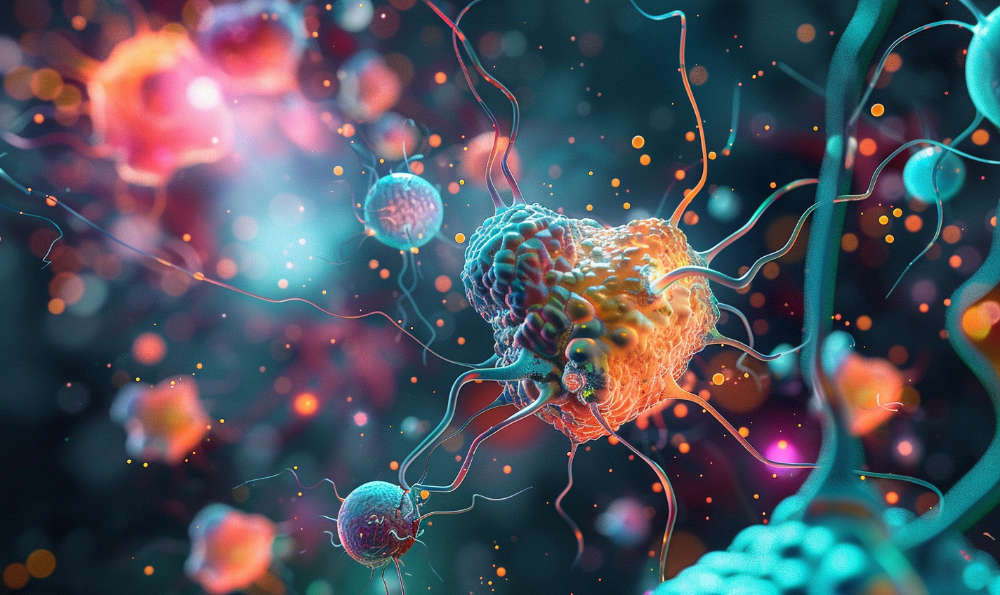Cancer as a Business Model: Profits, Prevention, and the Price of Treatment

The cancer industry generates billions in revenue annually, but its approach to prevention and treatment raises critical questions. While cutting-edge therapies and research are essential, the system’s focus on expensive treatments rather than prevention reflects a profit-driven model. Factors such as unhealthy diets, harmful products, and high-cost therapies play a significant role in this complex industry.
The Economics of Cancer: A Multi-Billion Dollar Industry
Cancer treatment is a highly profitable sector. According to GlobalData (2023), the global oncology drug market was valued at over $200 billion and is projected to grow steadily. Pharmaceutical companies earn substantial profits from chemotherapy, immunotherapy, and radiation treatments, often pricing life-saving drugs at tens or even hundreds of thousands of dollars per patient per year.
Expensive Treatments, Limited Prevention Efforts
Despite these profits, relatively little funding goes to prevention strategies such as public education on diet, exercise, and carcinogen exposure. The World Cancer Research Fund (2022) reports that up to 40% of cancers are preventable through lifestyle changes, yet prevention programs receive only a fraction of cancer research funding.
The Role of Unhealthy Food and Drinks in Cancer Rates
Processed Foods and Sugary Drinks
There is strong evidence linking processed foods and sugary drinks to increased cancer risk. A study published in The BMJ (2018) found that a 10% increase in ultra-processed food consumption was associated with a 12% increase in overall cancer risk. Despite this, multinational food corporations continue to market these products aggressively, often targeting children and low-income communities.
The Sugar Industry and Obesity-Related Cancers
The relationship between sugar and cancer is particularly concerning. Research in Nature Communications (2020) highlights that high sugar intake promotes insulin resistance and inflammation, both of which are cancer risk factors. Yet, the sugar industry has historically downplayed these links, as revealed by internal documents published in JAMA Internal Medicine (2016), which showed efforts to shift the blame from sugar to fat in public health discussions.
Harmful Treatments: Profits Over Patient Outcomes?
The High Cost and Side Effects of Chemotherapy
Chemotherapy, a cornerstone of cancer treatment, generates significant revenue but often comes with severe side effects such as organ damage and weakened immunity. According to The Lancet Oncology (2021), certain chemotherapy drugs can increase the risk of secondary cancers. Despite these risks, many drug companies continue to focus on developing costly new chemotherapies rather than less harmful therapies or preventive measures.
Overdiagnosis and Overtreatment
Overdiagnosis, especially in cancers like prostate and thyroid cancer, has led to unnecessary treatments that cause more harm than good. A New England Journal of Medicine (2017) study estimated that up to 20% of breast cancers detected through mammography screening were overdiagnosed, resulting in potentially harmful treatments without benefits.
Public Health and Regulation: Conflicts of Interest
Industry Influence on Public Policy
The food and pharmaceutical industries exert significant influence over public health policies. For example, Reuters (2019) revealed that the U.S. Food and Drug Administration (FDA) approved multiple cancer drugs without solid evidence of long-term survival benefits, partly due to pharmaceutical lobbying.
Suppressed Research on Prevention
Research into non-patentable preventive measures, such as dietary changes or natural supplements, often receives minimal funding. According to a report from The Union for International Cancer Control (UICC, 2020), less than 5% of total cancer research funding is allocated to prevention.
A Shift in Focus: Prevention and Holistic Approaches
Diet and Lifestyle Changes
A 2022 meta-analysis in The Lancet Public Health showed that a plant-rich diet, regular physical activity, and reduced alcohol consumption could prevent over one-third of all cancers. However, preventive strategies receive limited promotion compared to treatment options.
Integrative Medicine and Patient Outcomes
Holistic approaches, such as dietary therapy, stress management, and targeted supplements, have shown promise in improving outcomes and quality of life. Despite this, they remain underutilized in mainstream oncology, partly due to a lack of profit incentives for pharmaceutical companies.
Conclusion: The Need for a Patient-Centered Approach
The current cancer care model prioritizes costly treatments over prevention, raising ethical concerns about profit motives in healthcare. While cancer treatment is vital, a more balanced approach that includes robust prevention programs, affordable treatments, and holistic care could reduce cancer rates and improve outcomes. Addressing conflicts of interest and prioritizing patient well-being over profit is essential for a healthier future.
References:
- GlobalData. (2023). Global Oncology Market Report.
- World Cancer Research Fund. (2022). Cancer Prevention Recommendations.
- The BMJ. (2018). Ultra-processed foods and cancer risk.
- Nature Communications. (2020). Sugar metabolism and cancer growth.
- JAMA Internal Medicine. (2016). Sugar industry and coronary heart disease research.
- The Lancet Oncology. (2021). Chemotherapy side effects and secondary cancer risks.
- New England Journal of Medicine. (2017). Overdiagnosis in cancer screening.
- Reuters. (2019). FDA approvals and pharmaceutical influence.
- UICC. (2020). Funding for Cancer Prevention Research.
- The Lancet Public Health. (2022). Diet, lifestyle, and cancer prevention.


















